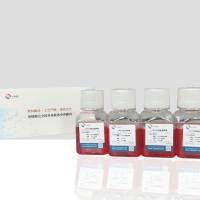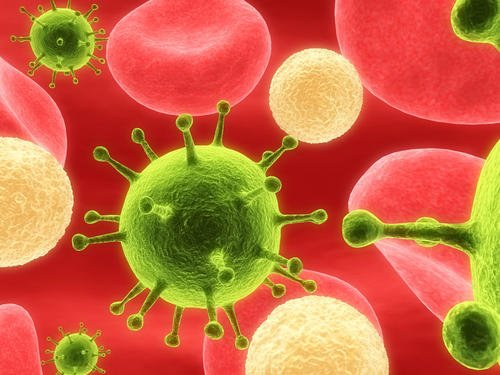腺病毒鼻内感染小鼠
互联网
Adenovirus Cre Intranasal Infection Information & Protocol腺病毒鼻内感染小鼠
Jacks Lab, Center for cancer research,MIT
http://web.mit.edu/ccr/labs/jacks/protocols/AdenovirusCre.html
REAGENTS:
MEM (Sigma catalog #M-0268)
2 M CaCl2
Adenovirus_~F_University_of_Iowa
Notundefined-
The University of Iowa facility sends virus at a titer of 10E12 particles/mL which is equal to 10E10 PFU/mL. It is important to minimize freeze/thawing as the titer drops ten-fold each time the virus is frozen. Upon arrival we thaw the virus and aliquot it. Then we thaw an aliquot when we are ready to use it. However, Iowa accounts for one thaw/freeze to aliquot, so no need to adjust for this. Therefore, at the time of infection the titer is actually 10E10 PFU/mL. Ordering info. can be obtained from the following people:
The tech doing the ordering is:
Kate Ramsey
Research Assistant I
University of Iowa
Gene Transfer Vector Core
221 EMRB
Iowa City, IA 52242
phone: (319) 335-6726
fax: (319) 353-5572
kate-ramsey@uiowa.edu
The director of the facility:
Beverly L. Davidson, Ph.D.
Roy J. Carver Assoc Prof Internal Medicine
Assoc Prof in Neurology and Physiology & Biophysics
Director, Gene Transfer Vector Core
200 EMRB
University of Iowa College of Medicine
Iowa City, IA 52242
(319) 353-5511
beverly-davidson@uiowa.edu
Protocol:
Formation of AdCre:CaPi co-precipitates:
We typically use 2.5 x 10E7 PFU as our standard dose. You can change the titer by altering the amount of virus used, and adjusting the volume of MEM accordingly in order to give a final volume of 125 uL. When less virus is needed, we normally dilute it in MEM and then use 2.5 uL.
Add 2.5 uL of AdCre to 121.9 uL of MEM and mix well. Next add .6 uL of CaCl2 and mix well. Let this mixture sit for ~20 minutes prior to use.
Infection:
1) Anesthetize the mice with avertin, making sure that the mice are fully anesthetized and have no reaction to pain. I test this by pinching their toe with a pair of forceps. If they are not fully anesthetized they will shake their head scattering the virus.
2) Using a protein gel loading tip, take 62.5 uL (half) of the virus mixture and place the pipet tip at the opening of one nostril. It won't fit into the nostril, but that's fine. Slowly expel the virus solution from the tip. Be sure the mouse is indeed inhaling the drop that is forming. If not, stop expelling and wait until it inhales what is there.
3) Let the mouse recover for 5-10 minutes. It will cough for a while after inhaling the virus. Wait until its breathing has returned to normal.
4) Repeat with the remaining 62.5 uL of virus mixture.
Notundefined- Occasionally, mice don't cope with the avertin very well. It depresses their temperature and breathing rate. If you notice a mouse that is breathing really slowly or shivering, filling a large glove with hot water and placing the mouse on the glove often helps it to recover & survive.
上一篇:Genotyping from mouse tails 下一篇:急性动物实验中常用的手术方法









